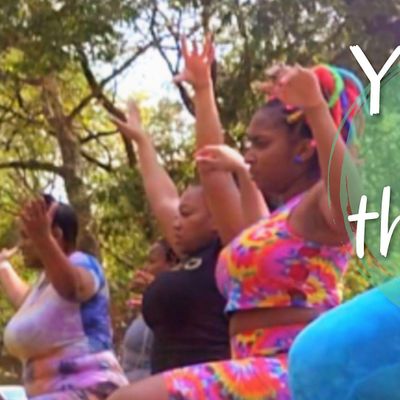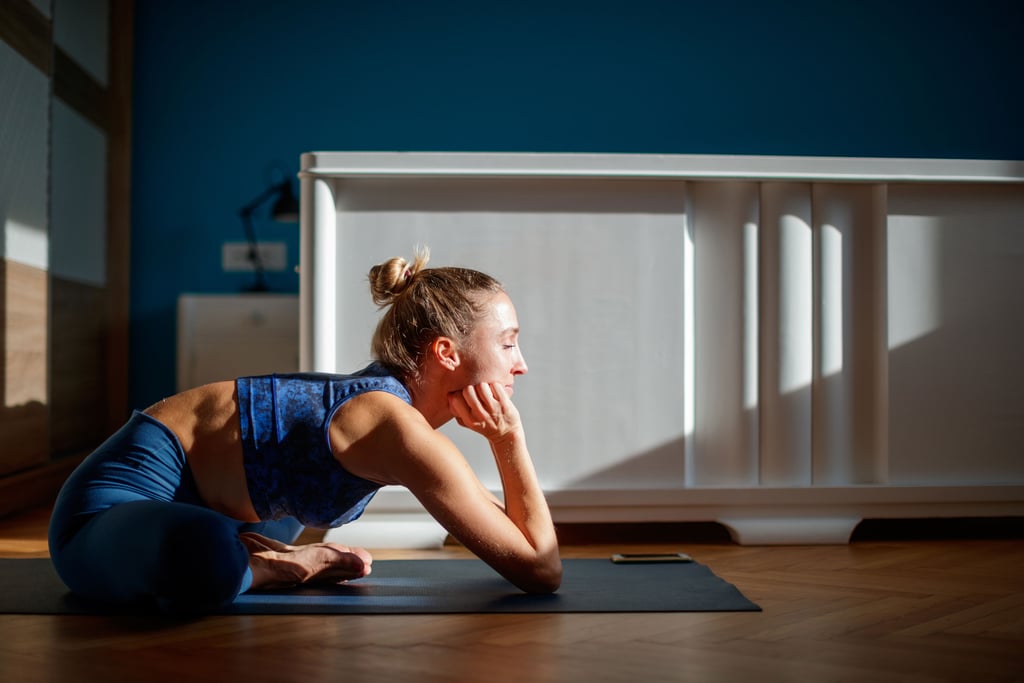
Explore lifting a little higher each time.

Inhale and engage everything from your toes to your torso as you lift your head and chest away from the mat in Low Cobra and then exhale as you release yourself to the mat. (Photo: Tamika Caston-Miller) Bhujangasana (Low Cobra With Blocks)įrom hands and knees, bring your upper body forward toward the floor and come to lying on the mat, letting the blocks rest under your shoulders. Release Child’s Pose and return to hip circles, swaying your body toward the opposite direction as you started last time. Take a moment in this exploration of how your body feels today. Press your hands firmly into the mat to create extension and awareness along the upper body. (Photo: Tamika Caston-Miller) Balasana (Child’s Pose)įrom all fours, sink your hips back toward your heels with your arms alongside your ears in an active Child’s Pose. (Photo: Tamika Caston-Miller)ĭo this 3 times, noticing how you pass through Child’s Pose as you press back, come into side bending when your hips are to the left and right, and wrist strengthening as you come forward.

(Photo: Tamika Caston-Miller) Hip CirclesĬome to all fours and begin to make large hip circles, moving your body toward the left side of your mat, then toward the back of the mat, followed by the right side, and then back to center with your shoulders over your wrists. Repeat as many times as you need to feel connected and present. Exhale for as long as feels good, and add a pause at the bottom of your exhalation. After a few rounds of natural breathing, inhale for as long as feels good, then add a pause at the top of your inhalation. Place 2 blocks near the top of the mat and come into a comfortable cross-legged seated position. (Photo: Tamika Caston-Miller) Sukhasana (Easy Seat) with Breath Awareness Move, explore, and notice the shift from stressed to grounded. In this sequence of poses, you’ll use two blocks to offer yourself even more support. It’s a slow flow that’s exploratory, grounding, and embodied, and it allows me to shift my state in about the same time as it takes to make a cup of tea.Ī 15-minute yoga practice that’s slow and low to the ground When I tend to forget that about myself, I practice what I call “slow and low” movement.

The practice of yoga helps us reveal that to ourselves so that we may acknowledge the truth of who we are, which is expansive, calm, and joy-filled. Instead, I am able to pull back the layers of culture’s influences, including its messages of not being enough and constant desiring of more, and I reveal what we all are, which is pure light.

There is no need to turn to anyone or anything else to find a sense of calm or peace or even purpose. Having a personal yoga practice allows me to come to this sense of physical, emotional, and energetic steadiness and ease on my own. My yoga practice gifts me the nervous system resilience I need so that I can experience exactly what Vivekananda described. Swami Vivekananda, who was partly responsible for introducing yoga and its philosophy to the West, asserted that the purpose of yoga is to alleviate pain and suffering in the moment and to minimize it in the future. One of the things that keeps me coming back to my mat, even when I can only manage a 15-minute yoga practice, is that it helps me stay grounded at times when the world feels chaotic, when people act in unkind or downright intentionally malicious ways, and when more things are coming at me than I think I can handle. Heading out the door? Read this article on the new Outside+ app available now on iOS devices for members!


 0 kommentar(er)
0 kommentar(er)
